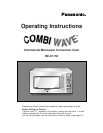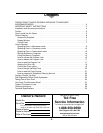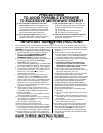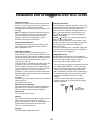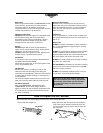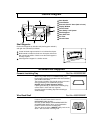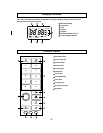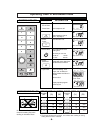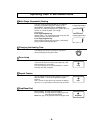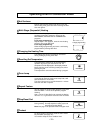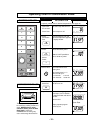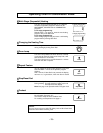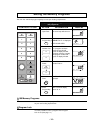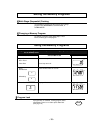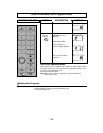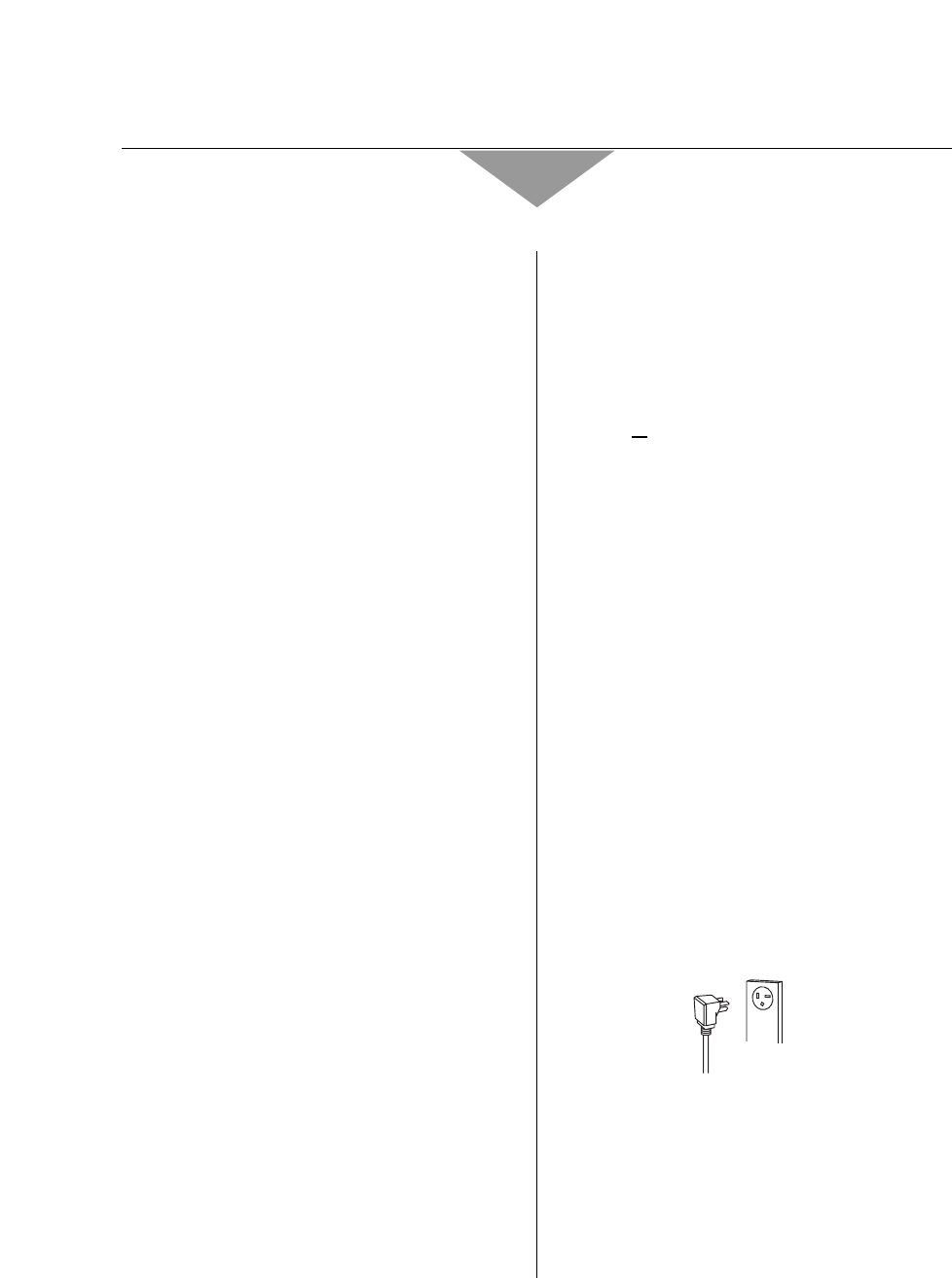
- 4 -
Examine your Oven
Unpack oven, retain all packing material, and examine
the oven for any damage such as dents, broken door
latches or cracks in the door. Notify supplier
immediately if unit is damaged. DO NOT install if unit is
damaged.
Note: The appliance should be inspected for damage
to the door seals and door seal areas and if these
areas are damaged, the appliance should not be
operated, until it has been repaired by a service
technician trained by the manufacturer.
Removal of Protective Film
A protective film is used to prevent scratching of the
outer case during transportation. Remove this film
before installation or use.
Placement of the Oven
Oven must be placed on a flat, stable surface. For
proper operation, the oven must have sufficient air flow.
A gap of at least 2 inches must be available at the right,
left sides and back wall of the oven. A minimum space
of 8 inches must be left above the oven and the 2
exhaust vents at the rear.
There should be no gap between the table surface and
the bottom of the oven. (See instructions “Sanitary
Counter Top Seal” on page 23.) Do not place the oven
in a hot or damp area, ie. near a stove, sink or directly
above heat lamps on a serving line.There is a
possibility of a small amount of interference with weak
broadcast signals if the microwave oven is located too
close to a radio or TV.
Air vents
This oven requires free airflow at the back for maximum
cooling efficiency.
Do not block the air vents.
Maximum room temperature
Do not operate the oven when the room temperature is
higher than 105˚F and/or the humidity is higher than
90%. Free airflow around the oven is important.
Outdoor use
Do not use this oven outdoors.
Shelves
Do not place the oven directly above or beside a gas or
electric range, the oven may be damaged. It is
dangerous to position this oven on a shelf which is so
high that food and accessories cannot be safely
inserted or removed by the user.
Stacking
DO NOT attempt to stack these ovens.
Grounding Instructions
This oven must be electrically grounded. In the event of
an electrical short circuit, grounding reduces the risk of
electric shock by providing an escape wire for the
electric current. The appliance is equipped with a cord
having a grounding wire with a grounding plug. The
plug must be plugged into an outlet that is properly
installed and grounded.
WARNING
Improper use of the grounding plug can
result in a risk of electric shock.
Consult a qualified electrician or service person if the
grounding instructions are not completely understood,
or if doubt exists as to whether the appliance is
properly connected.
Do not use an extension cord. If the power supply cord
is too short, have a qualified electrician or serviceman
install an outlet near the appliance.
Wiring Requirements
No other appliance should share the circuit with the
microwave convection oven. If it does, the branch circuit
fuse may overload and either cause the oven to
produce lower power output or blow the fuse.
1.This oven must be operated on a dedicated, separate
60 Hz GROUNDED CIRCUIT - minimum 20 amps.
2.This oven is built to operate only on a 208 V power
supply.Using a power supply voltage higher than
208 V is dangerous and may result in overheating of
the electrical components, thus shortening their life
expectancy or possibly causing a fire or other
incident.
Panasonic is NOT responsible for any damages
resulting from the use of the oven with any voltage
other than specified.
Installation and GROUNDING INSTRUCTIONS
NEMA#
6-20P
208 V
Grounded Outlet
NEMA# 6-20R



